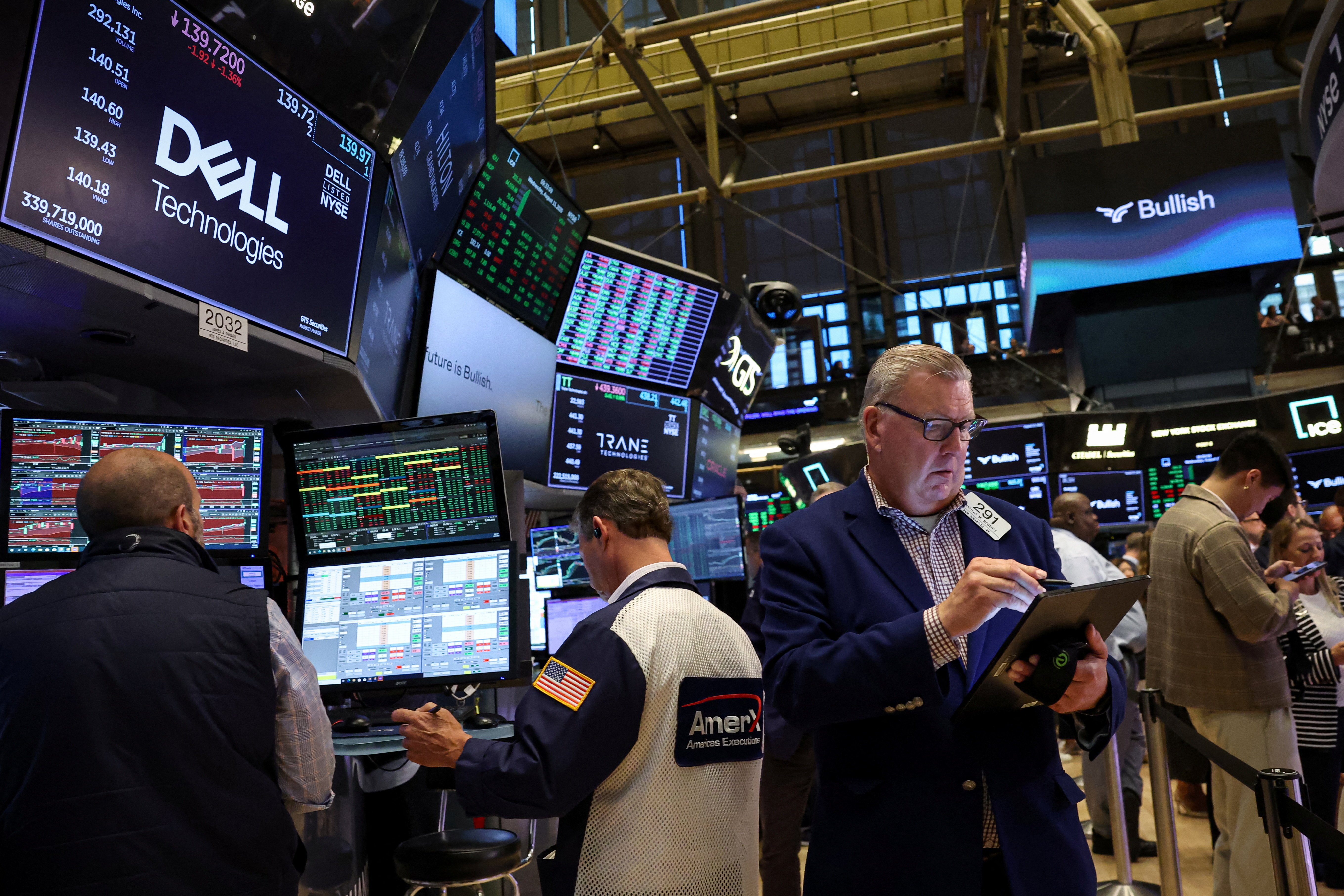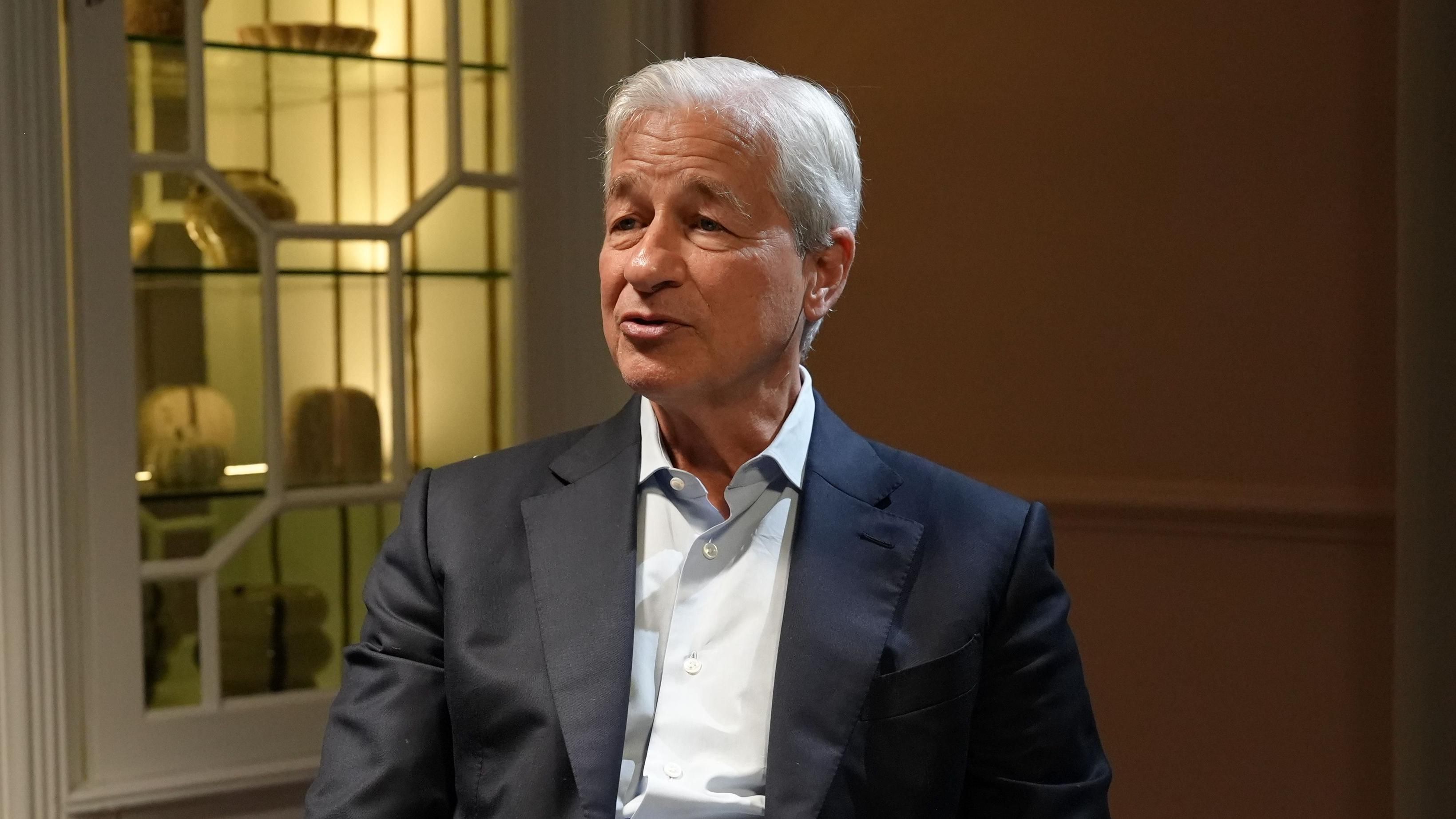The stock market is experiencing a significant upswing, with the Dow Jones Industrial Average approaching record highs, driven by a broad confidence among investors that the Federal Reserve is likely to implement a series of interest rate cuts soon. This anticipation, often called “rate-cut fever,” has become a major influence on Wall Street. It is affecting how investors are behaving and altering expectations for the economic environment in the upcoming year. The excitement in the market reflects its strong belief that the central bank will soon transition its monetary policy from a restrictive position to a more supportive one, a change that would greatly enhance corporate profits and overall economic activity.
This newfound optimism stands in stark contrast to the mood just a few months ago, when persistent inflation and a hawkish Fed kept a lid on market gains. The shift in sentiment can be traced to a series of key economic data points that have shown a cooling in inflationary pressures and a slight softening in the labor market. These indicators have been interpreted by investors as a green light for the Fed to begin lowering borrowing costs, a move that would make it cheaper for companies to invest and for consumers to spend. This dynamic has created a powerful tailwind for stocks, as market participants rush to position themselves for a new cycle of easier monetary policy.
The attraction of decreased interest rates is especially potent for industries experiencing high growth, like technology and real estate. These sectors are very sensitive to capital costs, so a drop in rates makes their projected earnings more valuable in the present context. Additionally, it makes borrowing cheaper, prompting businesses to broaden and innovate. This is a key factor in why the Nasdaq Composite, predominantly composed of technology stocks, has experienced notable increases along with the Dow. The market is essentially anticipating a future where capital becomes more plentiful and less costly, a situation that would benefit companies with aggressive expansion strategies.
Nonetheless, the prevailing positive sentiment in the market carries potential risks. The expectation that the Fed will significantly lower rates relies on several assumptions that might not pan out. A surprising shift in inflation patterns, an unexpectedly robust employment report, or any unforeseen economic event might compel the central bank to postpone or alter its intended actions. Such a shift would probably cause market upheaval, possibly resulting in a significant downturn. As a result, the present scenario requires careful navigation, as investors are wagering on a particular result while being susceptible to any divergence from that trajectory.
The concept of a “soft landing,” where the Fed successfully tames inflation without pushing the economy into a recession, is the central narrative underpinning the current market rally. This scenario, once considered a long shot, is now seen by many as a likely outcome. The market is essentially celebrating the idea that the Fed has navigated a difficult period with a masterful hand, and that the economy is poised for a period of sustainable growth with lower inflation. This belief, whether it is ultimately borne out by events or not, is a powerful psychological driver that is fueling the market’s ascent..
The continued momentum of the rally will hinge on a few essential elements. Primarily, the Federal Reserve’s forthcoming policy actions will be crucial. Any shift away from the expected interest rate reductions might unsettle investors. Additionally, the durability of corporate profits is vital, as market strength relies on more than just optimism. Investors will be attentively observing whether companies can maintain their revenue increases amid persistent economic unpredictability. Lastly, the geopolitical environment remains unpredictable, with possible conflicts and trade disagreements that could interrupt supply chains and jeopardize economic steadiness.
The current market environment is a fascinating case study in the power of expectations. The Dow’s proximity to record territory is not just a reflection of current economic conditions, but of a collective bet on the future. Investors are looking past the present and placing their wagers on a future where inflation is under control and the Fed is actively supporting growth.
Este es un poderoso testimonio de la naturaleza previsora del mercado, pero también subraya su susceptibilidad a giros y vueltas inesperadas. Los próximos meses serán una prueba decisiva para ver si el optimismo actual está justificado o simplemente es un caso de ilusiones. La diferencia decidirá si el Dow se eleva a nuevas alturas o retrocede de su posición actual.





